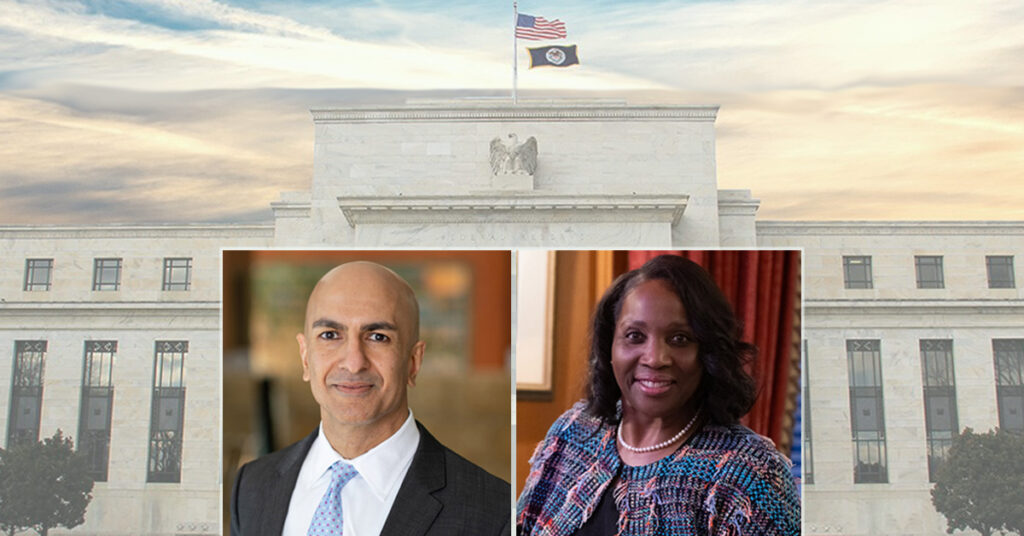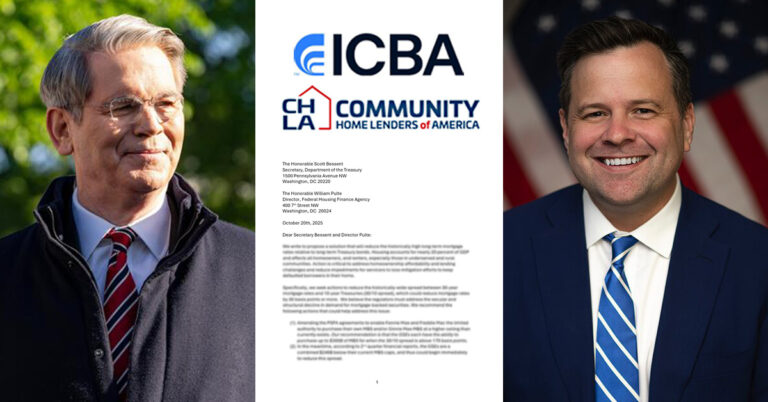Aug. 1 may go down as a “turning point” for the U.S. economy, perhaps signaling tougher sledding ahead, according to Federal Reserve Governor Lisa Cook.
Cook, who is a voting member of the Federal Open Market Committee (FOMC) that sets U.S. monetary policy, was referring to last Friday’s “concerning” jobs report from the Bureau of Labor Statistics (BLS), which showed that employers added just 73,000 jobs in July and the unemployment rate rose from 4.1% to 4.2%.
Even more striking was the BLS’s downward revision of its May and June payroll figures by a combined 258,000 jobs, which is the largest correction since 1968.
“These revisions are somewhat typical of turning points,” Cook said Wednesday during a Boston Fed event, according to Bloomberg.
The revised jobs data came just two days after the FOMC left the benchmark federal funds rate unchanged at its July policy meeting. In justifying that decision, Fed Chair Jerome Powell pointed to an inflation rate that remained above the central bank’s 2% target and labor market conditions that had “remained solid.”
“Overall, a wide set of indicators suggest that conditions in the labor market are broadly in balance and consistent with maximum employment,” Powell said during his post-meeting press conference.
Rising inflation that coincides with a spike in unemployment puts the Fed in a difficult position. It typically lowers the fed funds rate to stimulate the economy and aid job growth, but cutting that overnight lending rate can also cause inflation to heat up.
When the two sides of the Fed’s dual mandate of maintaining stable consumer prices and maximum employment are at odds, it must determine which is a more pressing problem to tackle — a pick your poison situation.
Federal Reserve Bank of Minneapolis President Neel Kashkari, who serves as an alternate FOMC member, indicated during a Wednesday interview with CNBC that the employment side of the Fed’s mandate may outweigh inflation concerns.
“The economy is slowing,” Kashkari said, “and that means in the near term it may become appropriate to start adjusting the federal funds rate.”
Kashkari added that while he still has misgivings about the potential inflationary impacts of the Trump administration’s tariff policies, the full impacts of tariffs might not be apparent for “quarters or a year or more.” He said for that reason, he thinks the Fed should focus on addressing the slowing economy reflected in the dour jobs data and cooling consumer spending.
Investors are mostly in agreement that the FOMC will follow the path outlined by Kashkari and cut interest rates at its policy meeting in September. As of Wednesday afternoon, futures trading activity tracked by the CME FedWatch tool showed 94% odds that the Fed will slash rates by a quarter point at its next monetary policy summit.







